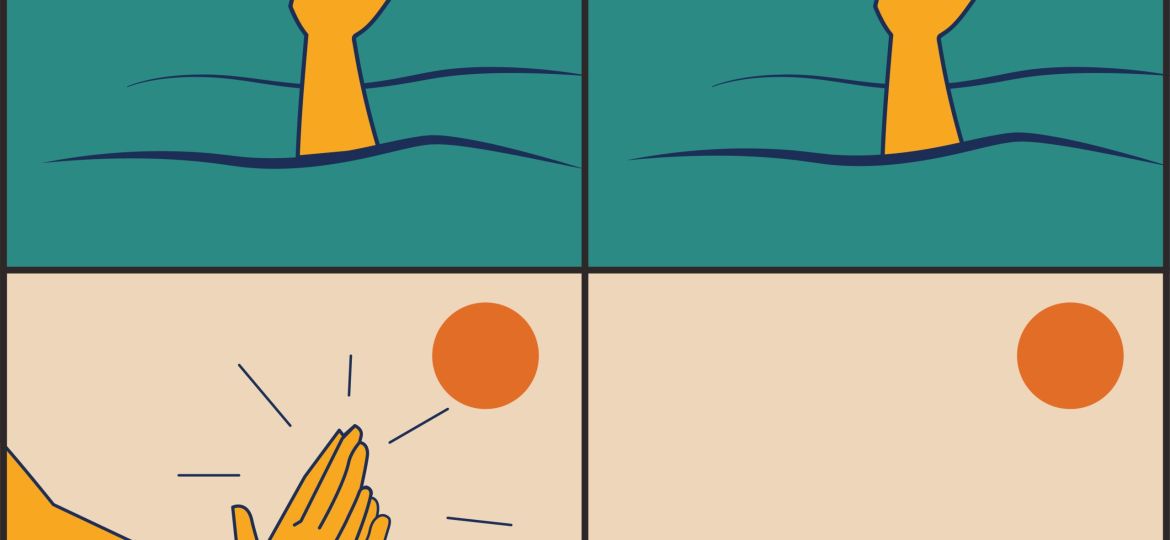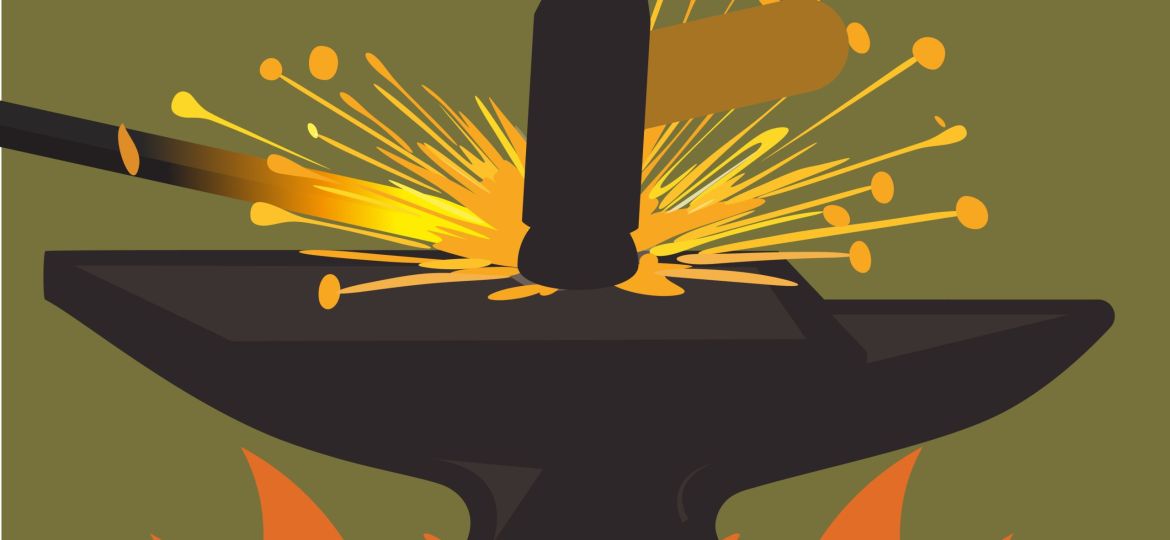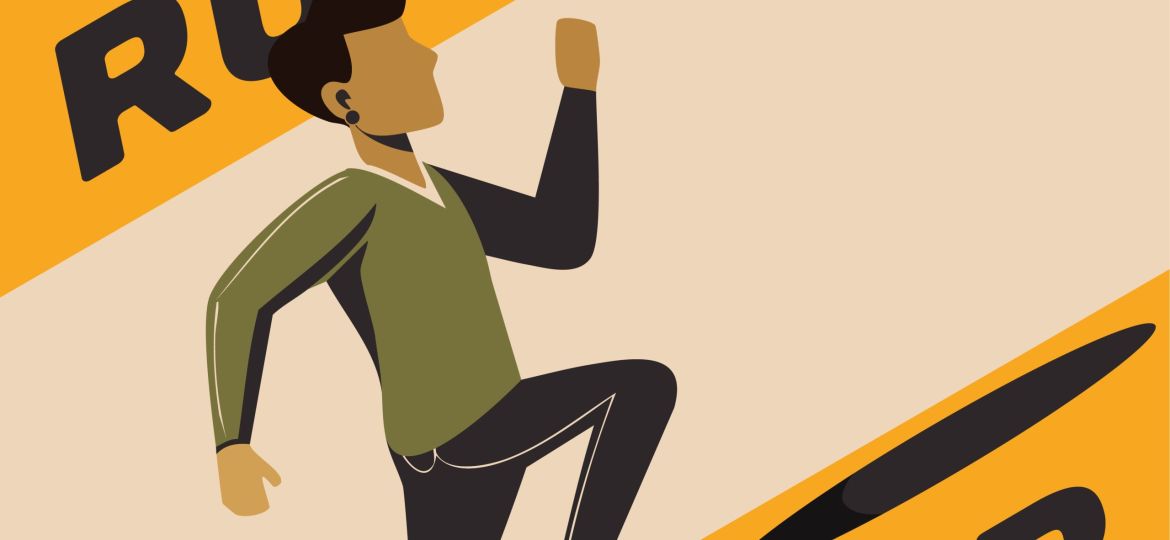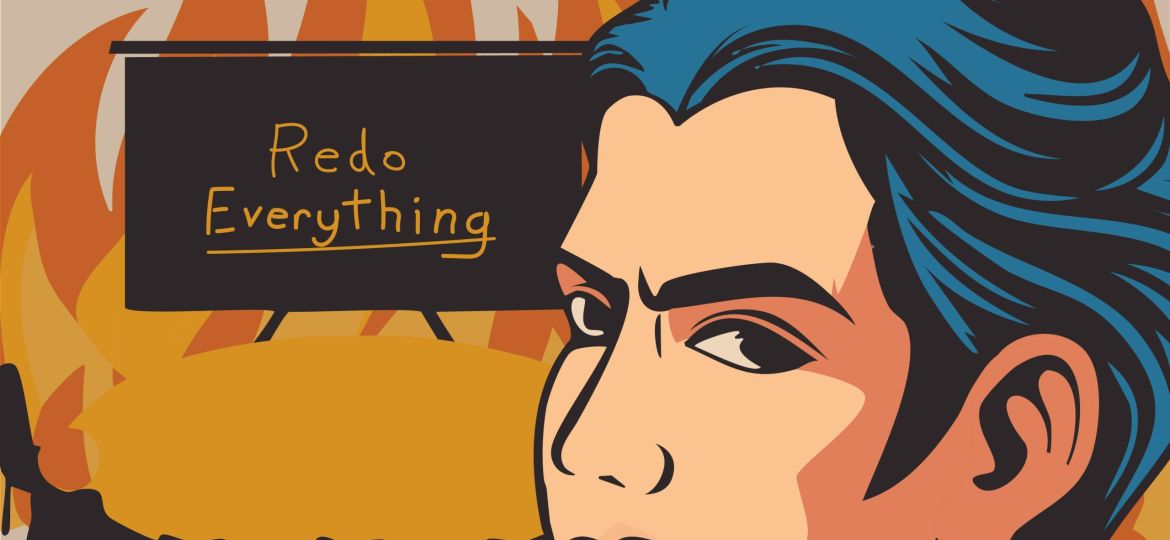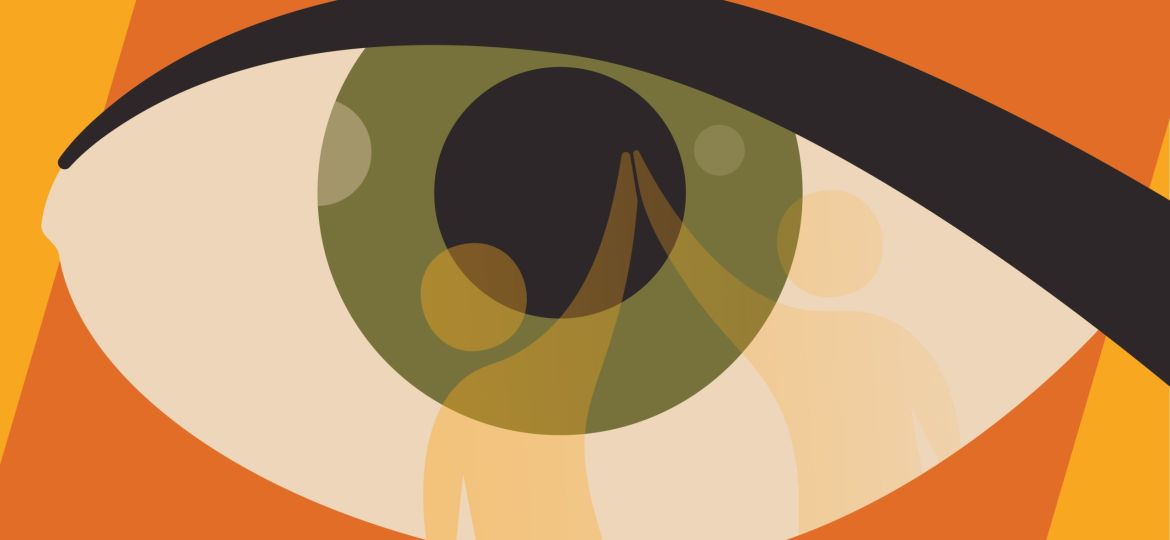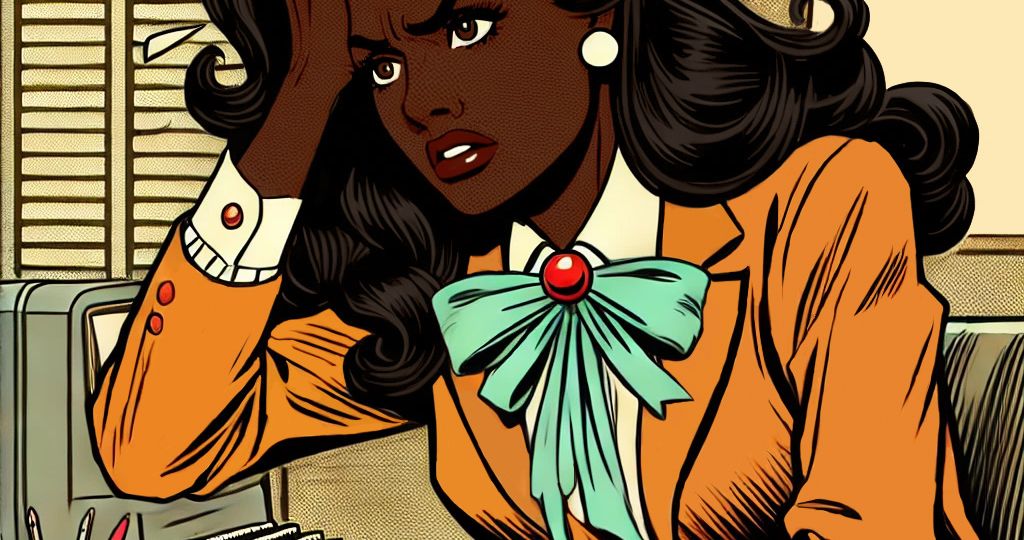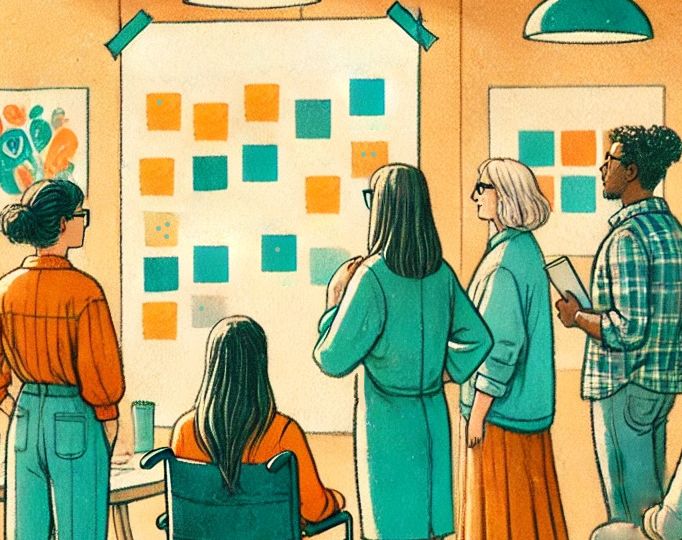Many talented creatives find themselves in roles that feel comfortable but stagnant. The key is recognizing what growth looks like in a field that doesn’t always offer traditional markers of success.
Many designers feel unheard at work, whether by managers who don’t understand design, executives who prioritize speed over quality, or clients who assume their personal taste overrides expertise.
Leadership isn’t a fixed trait—it’s a skill set that evolves. If your leadership style no longer serves you or your team, it may be time to reassess and rebuild. Growth requires reflection, intentional change, and a willingness to unlearn old habits. Here’s how to refine your approach while staying true to your values.
Rush jobs are often framed as an unavoidable part of creative work—an occasional fire drill to keep things moving. But when last-minute projects become the norm, they don’t just disrupt workflow; they erode the foundation of good creative work.
Hey fellow leaders, it’s Charm’s Founder Lauren here. I am proudly no longer a project fire starter. But let’s go ahead and relive my trauma together for educational benefit; let’s take a look at some of my arsonist history.
This example workflow promotes efficiency, flexibility, and stronger collaboration between creative and marketing teams.
By prioritizing these practices, organizations can ensure that their team members are not only satisfied but also empowered to contribute fully, leading to a more innovative and resilient workplace.
By thoughtfully establishing and respecting workplace boundaries, creative teams can cultivate a harmonious environment that enhances collaboration, boosts productivity, and supports the well-being of all members.
Creativity often comes with a reputation—many creative professionals are swiftly labeled “difficult” or “egotistical” at the slightest sign of pushback….
As a CEO, understanding the Agile framework can give you a clearer perspective on how to make your organization more…


